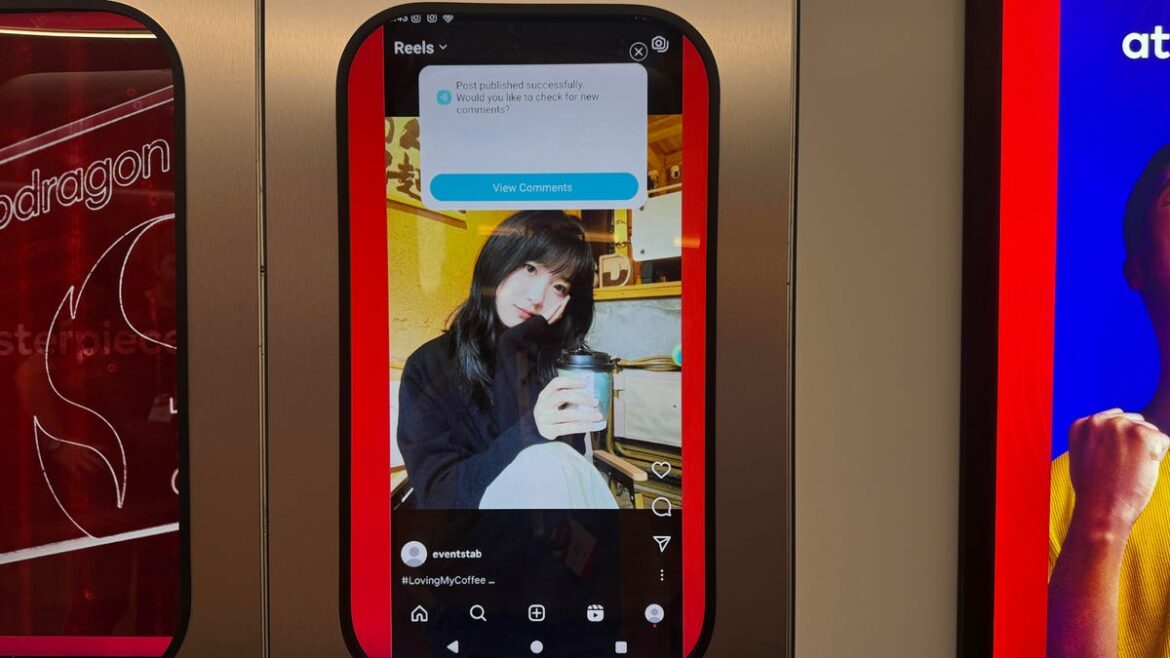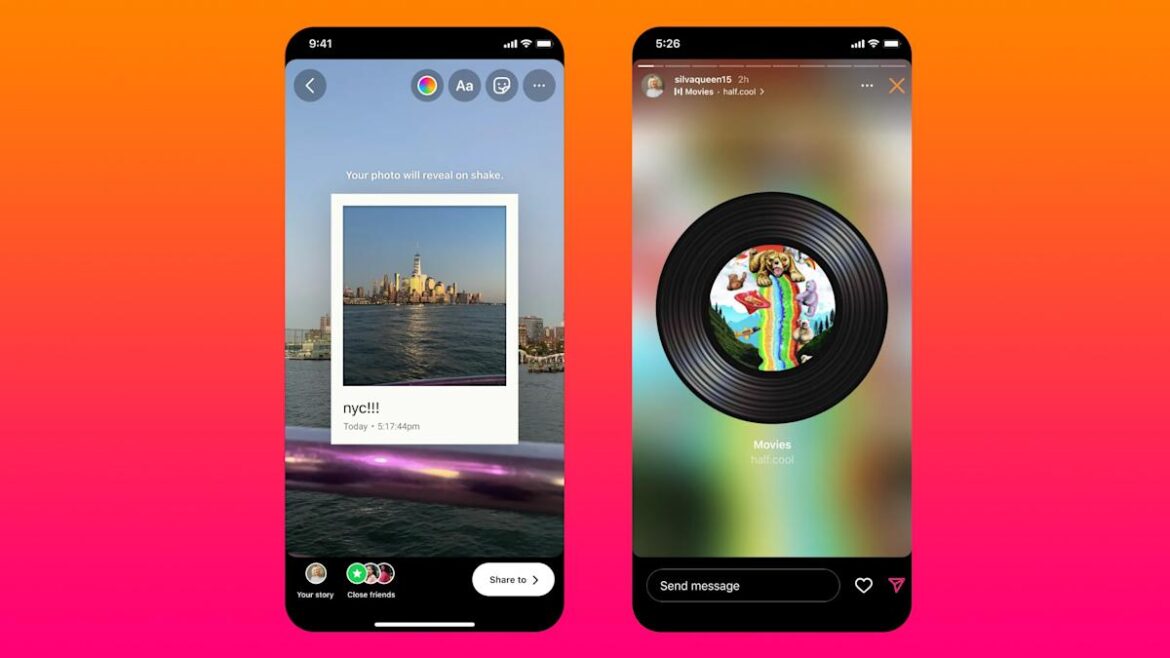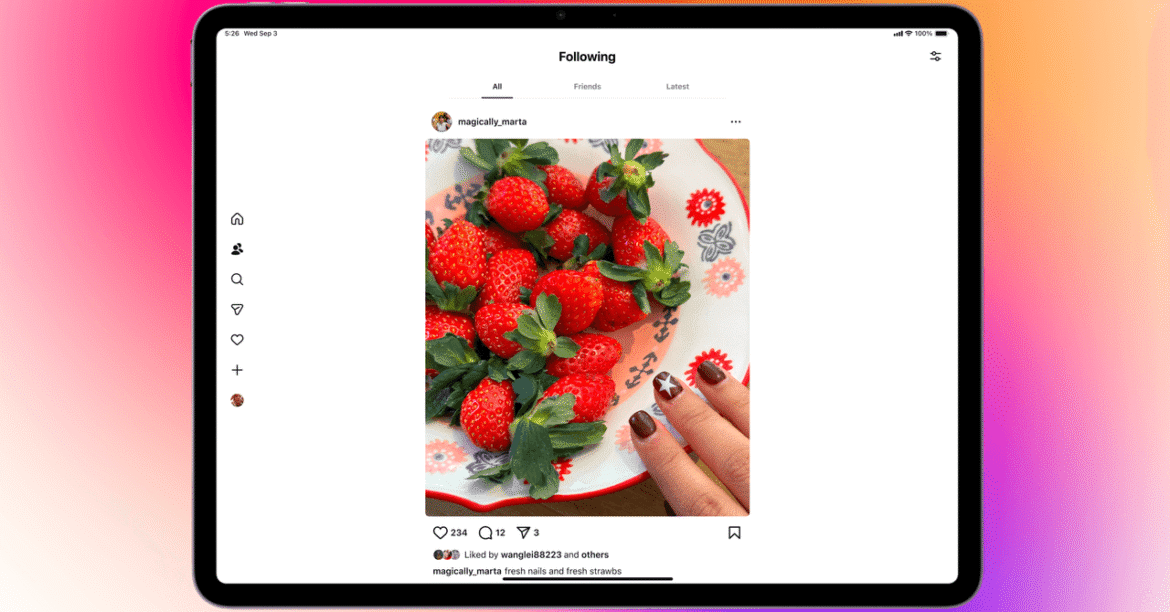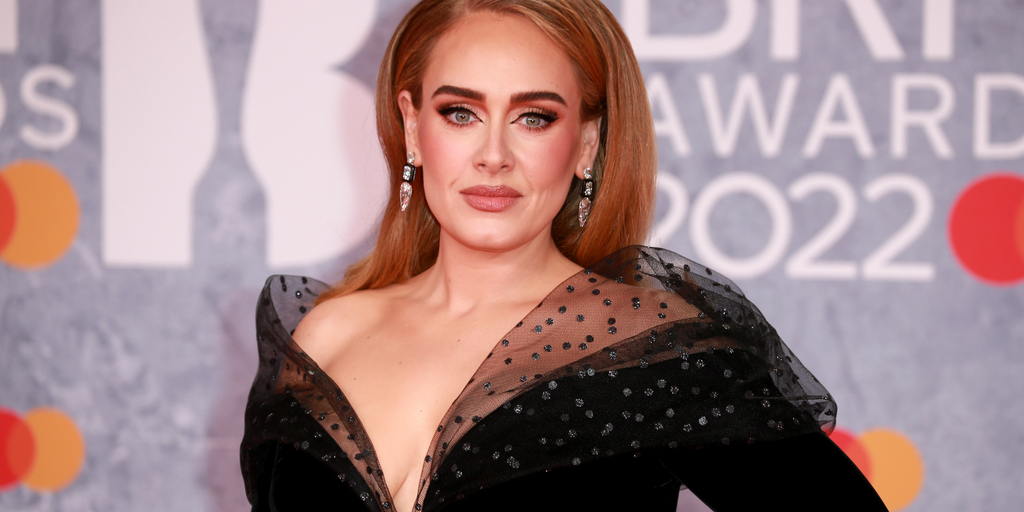Instagram is testing a potentially major change to the app: making Reels the home tab of the app. As part of an opt-in test in India, Meta is making Reels and DMs the first two tabs on the app, according to Instagram head Adam Mosseri. Mosseri says that Reels and DMs have been a key driver of growth for Instagram over the past few years, which is why it’s “exploring” the change.
In a video in his post, you can see how the new home tab would work. Part of the tab will look familiar, like the horizontal list of Stories to check out at the top, but when you start to scroll up, the layout shifts into what you might recognize from the current Reels tab, where pretty much the entire screen is filled with video. Photos from accounts you follow will still be included in this revised version of the home tab, Mosseri says, but the video doesn’t show how.
Instagram has already been dabbling with this shift with its recently-launched iPad app, which opens into Reels from its home tab. In its post announcing the app, Meta said that it designed the experience that way “to reflect how people use bigger screens today – for lean back entertainment.” But this new test indicates that Instagram is thinking about making Reels an even more prominent part of its main mobile app, too.









